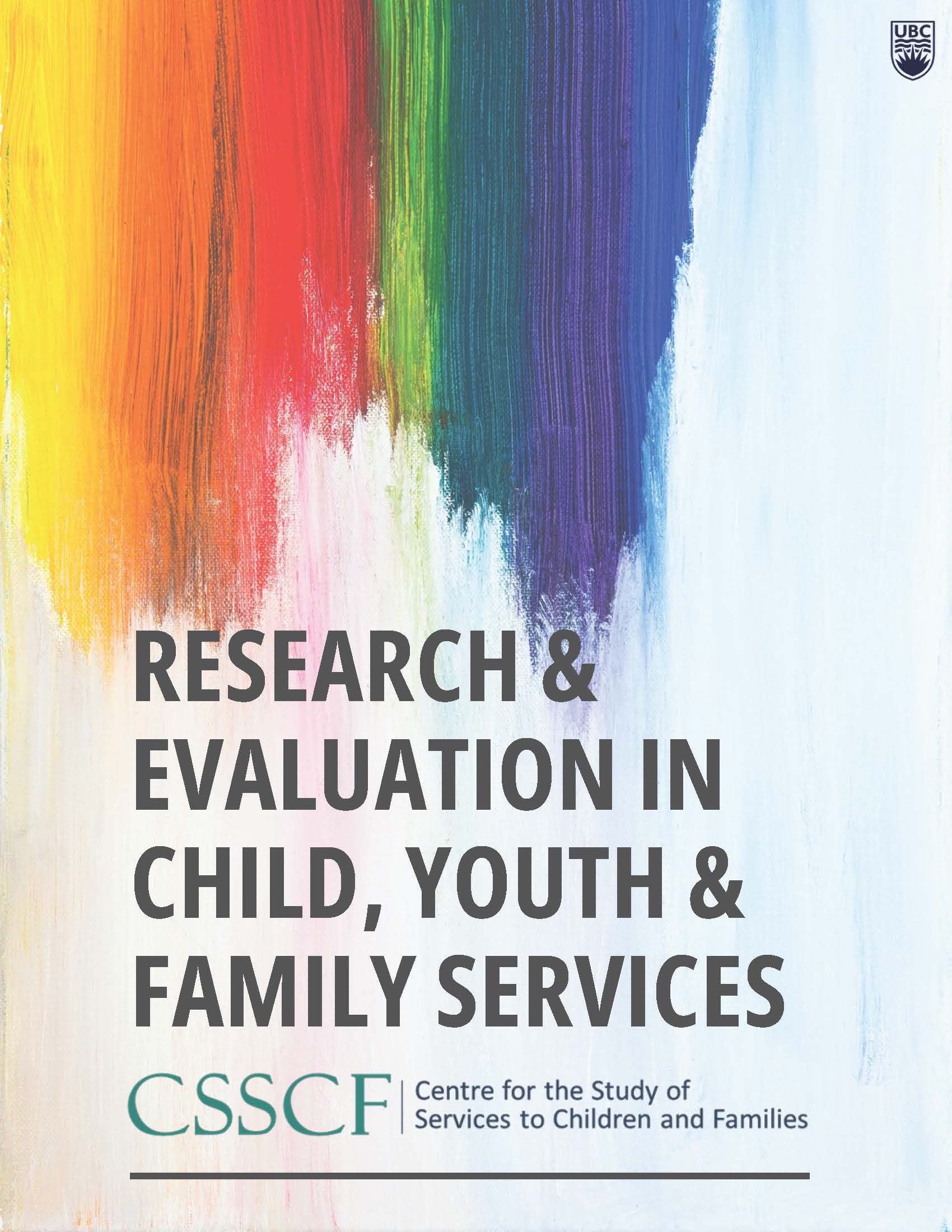Cross-Government Collaborative Approaches To Supporting Youth Transitioning From Care
Key Considerations For The Development Of A Collaboration Model
DOI:
https://doi.org/10.14288/recyfs.v2i1.197570Keywords:
Children in Care (CIC), Youth Transition, Supports, Collaboration, Cross-governmentAbstract
This research study was completed in partnership between the Ministry of Children and Family Development (“MCFD”) Strategic Priorities Branch and the University of British Columbia (“UBC”) School of Social Work. The two research questions were: (1) Which jurisdictions within Canada, New Zealand, and the U.K. are taking an intra-agency collaborative approach to provide supports and services to young adults leading up to and after they transition out of the child welfare system, and (2) What can British Columbia do to leverage existing best practices or implement practices from other jurisdictions.
Transitioning out of care is known as a risky and vulnerable period (Sulimani-Aidan & Melkman, 2018). As outlined in the report Ministry of Children and Family Development 2019/2-2021/22 Service Plan, MCFD has committed to improving “collaboration and communication across government, with communities, external organizations and contractors to better support youth and young adults” to successfully transition into adulthood (Ministry of Child and Family Development, 2019, p. 6).
This is a qualitative research study that utilized a Qualtrics survey to collect qualitative data. Recruitment of prospective participants was completed in consultation with MCFD Sponsors, where MCFD internal contacts and Child Maltreatment Research List were used as platforms for recruitment. The participants were asked to share their knowledge of the development and use of collaboration groups to support youth transitioning from care. There were three research participants that participated in this research study. The responses from participants were transferred into datasets and were coded and analyzed using a thematic analysis methodology (Braun and Clark, 2006) in NVivo 12. Following the data analysis, researchers established five themes: transition, extended care support, advisory group, strengths of collaboration, and challenges. These themes inform recommendations for future research and for the development of a collaboration model for MCFD to best support youth transitioning from care.
This research study has limitations related to the use of purposive non-probability sampling, limited sample size and lack of representation from all identified key informants. Limitations are detailed further in the report. The research presented four recommendations for future research: (1) additional research is necessary, (2) change participant inclusion criteria to allow for larger sample size, (3) gather a larger sample size, (4) use of interviews to gather detailed information. The research also presented three recommendations for practice: (1) Collaboration models need to utilize an interagency approach, (2) Need a platform to allow for open information sharing, (3) the use of technology to enhance collaboration.
Despite the lack of literature related to the functional foundation of cross-government collaborative advisory groups, the data contributes to an understanding of how communication, use of technology and fostering working relationships, through collaboration, has played a role in delivering services more relevantly and efficiently to youth.
Downloads
Published
Issue
Section
License
Copyright (c) 2022 Research and Evaluation in Child, Youth and Family Services

This work is licensed under a Creative Commons Attribution-NonCommercial 4.0 International License.
This work is licensed under a Creative Commons Attribution-NonCommercial 4.0 Inrernational License. Copyright for articles published in this journal is retained by the authors, with first publication rights granted to the journal. By virtue of their appearance in this open access journal, articles are free to use, with propoer attribution, in edicational and other non-commercial settings.


